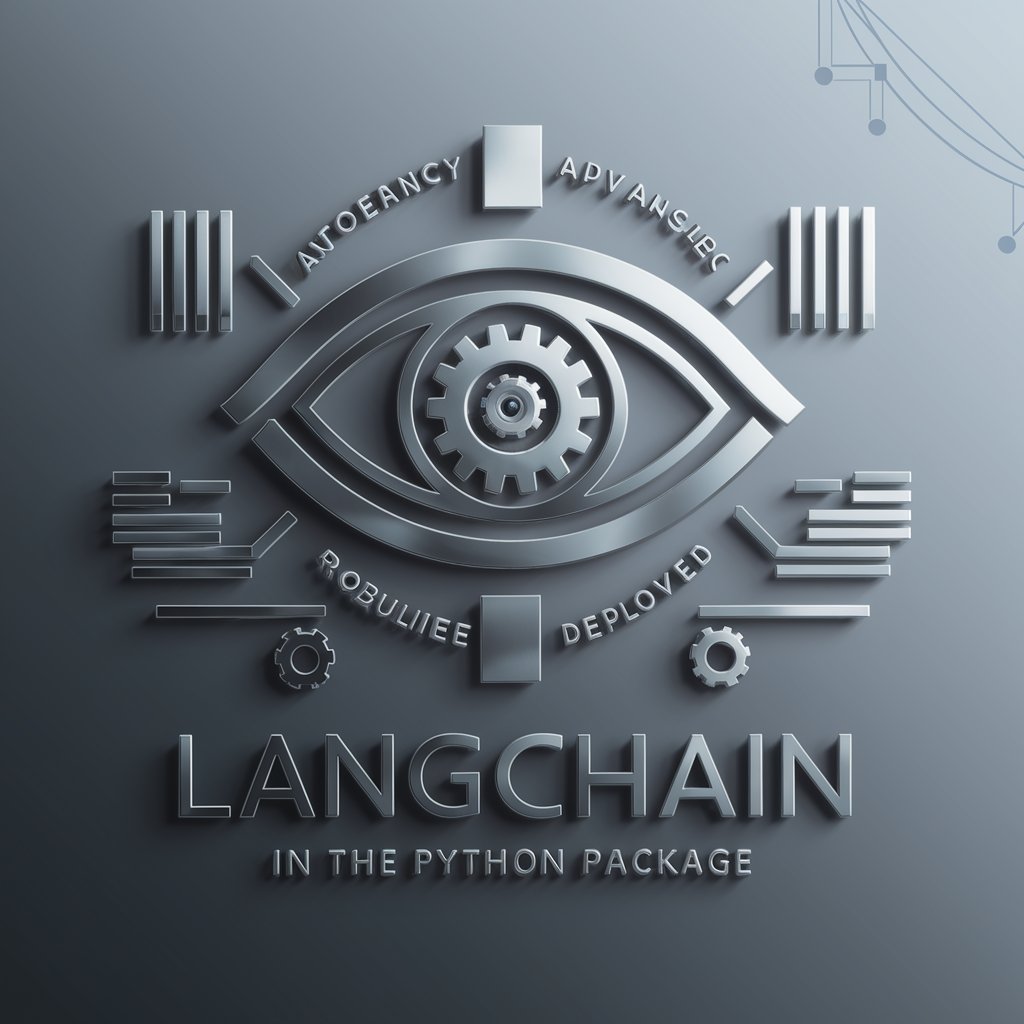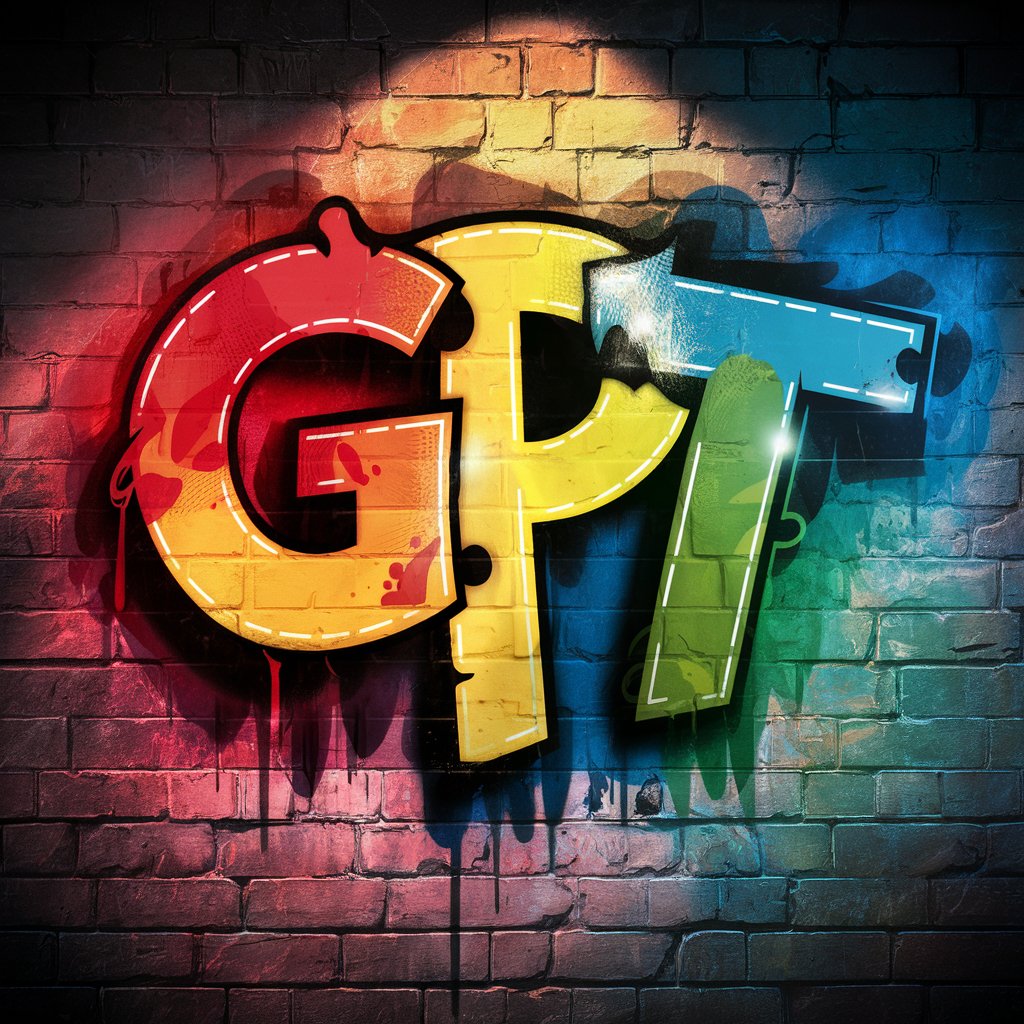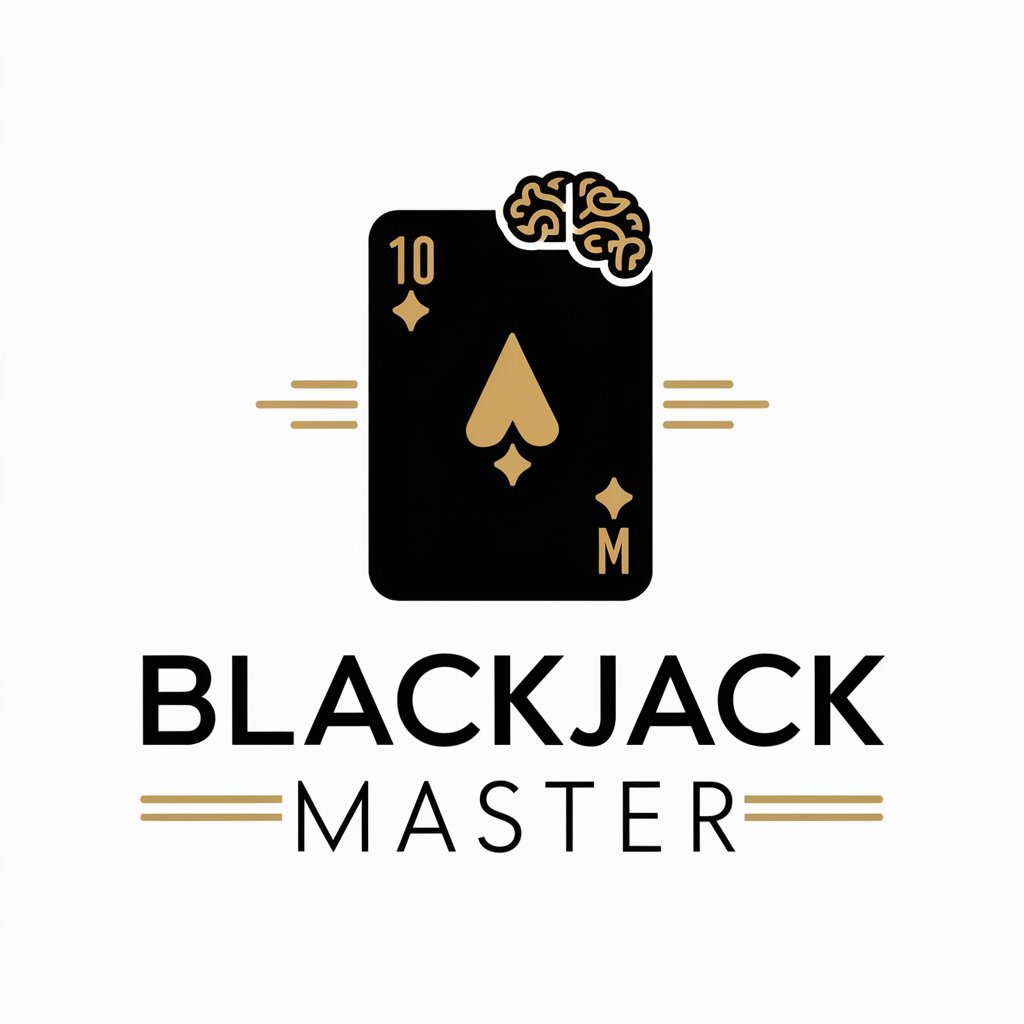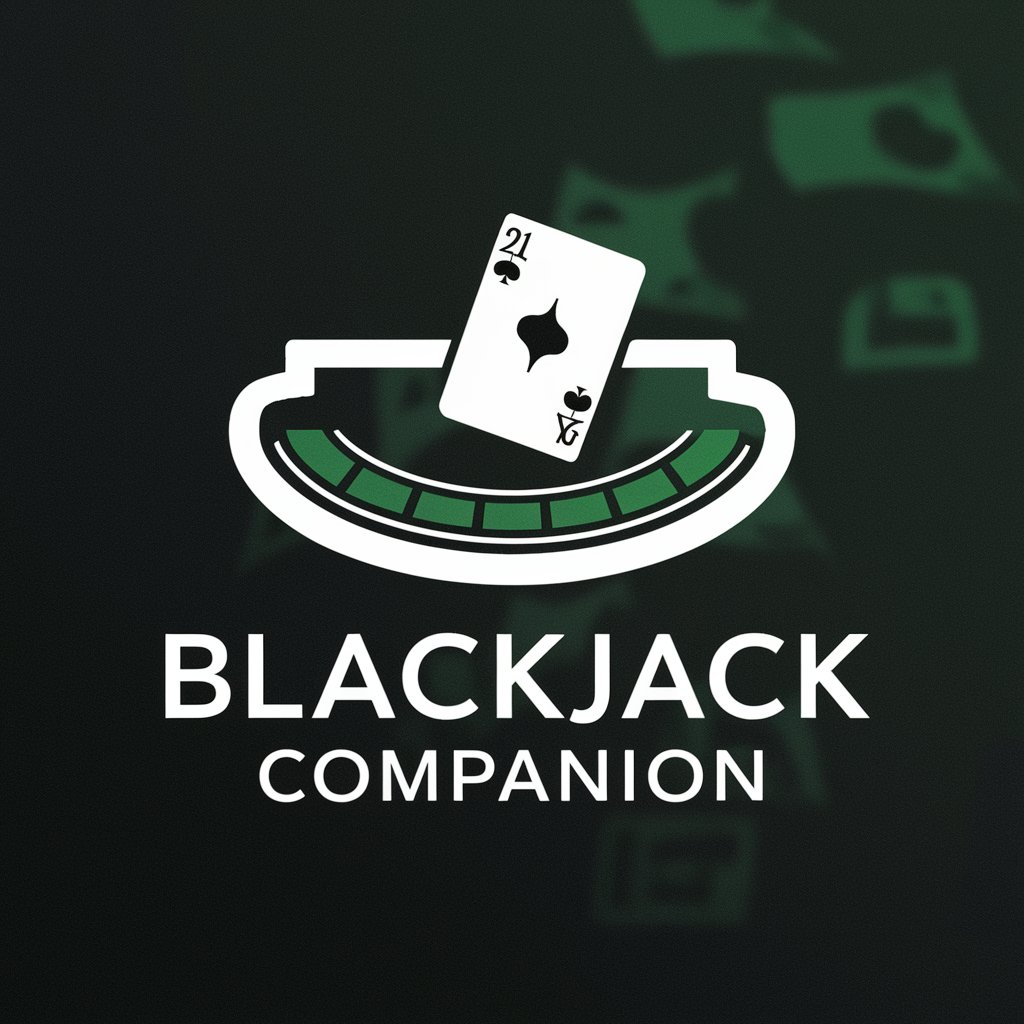LangChain GPT - Flexible Language Processing

Welcome to LangChain GPT, your AI assistant for advanced programming.
Harness AI for Smart Language Tasks
Explain the process of chaining components in LangChain for a complex AI task.
Describe how to use LangChain Expression Language for dynamic tool integration.
Outline the steps for building an AI agent using LangChain with custom routing logic.
Discuss the benefits of retrieval-augmented generation in enhancing AI model performance.
Get Embed Code
LangChain GPT Introduction
LangChain GPT is a specialized AI agent designed to facilitate the development and deployment of language AI applications by enabling the chaining of different components such as prompts, models, output parsers, and tools into cohesive workflows. It leverages the LangChain Expression Language (LCEL) to seamlessly connect these components, allowing developers to create complex language processing pipelines with ease. A key feature of LangChain GPT is its flexibility in integrating external tools and APIs, making it possible to extend the capabilities of language models with additional data retrieval, processing, and analysis functionalities. An example scenario illustrating its design purpose could involve a workflow where user input is first transformed into a search query, passed through a language model for enrichment, and finally parsed into a structured output suitable for presentation or further analysis. This showcases LangChain GPT's ability to streamline the development of applications that require sophisticated language understanding and manipulation. Powered by ChatGPT-4o。

Main Functions of LangChain GPT
Chaining Components
Example
Combining a prompt template with a language model and an output parser to process user inputs and generate structured responses.
Scenario
A developer creates a chatbot that answers user queries by generating questions, passing them through a model, and parsing the responses into user-friendly answers.
Integration with External Tools
Example
Using the DuckDuckGoSearchRun tool to perform real-time web searches based on processed inputs.
Scenario
A sports information bot processes a query like 'What games are tonight?', performs a web search, and returns a summarized answer of sports games scheduled for the evening.
Custom Routing Logic
Example
Employing semantic similarity techniques to route queries to the most relevant processing chain based on the input context.
Scenario
An educational assistant uses embeddings to determine whether a user's query is about mathematics or physics and routes the query to a specialized model for accurate and context-aware answers.
Retrieval-Augmented Generation
Example
Enhancing responses with information retrieved from a corpus of documents using a retrieval step before generation.
Scenario
A legal advisor bot retrieves relevant legal documents based on a query and uses this context to generate precise, informed responses about legal inquiries.
Memory and Conversational Context
Example
Maintaining a conversation buffer to provide context-aware responses in an ongoing conversation.
Scenario
A customer service bot remembers previous questions and responses within a session to provide continuity and relevance in its answers, improving the user experience.
Ideal Users of LangChain GPT Services
AI Researchers and Developers
Individuals or teams developing language AI applications, seeking a flexible framework to experiment with different models, tools, and workflows to push the boundaries of what's possible with AI.
Product Developers
Professionals building commercial products or services that require sophisticated language processing capabilities, such as chatbots, virtual assistants, content generation tools, and more.
Educational Technologists
Creators of educational tools and platforms who can use LangChain GPT to develop intelligent tutoring systems, automated grading tools, and personalized learning experiences.
Content Creators and Marketers
Individuals looking to automate parts of the content creation process, from generating ideas and writing articles to summarizing existing materials and creating engaging narratives.

Using LangChain GPT: Step-by-Step Guide
Step 1
Access yeschat.ai for a no-login, free trial without needing ChatGPT Plus.
Step 2
Install necessary Python packages using pip, such as langchain, to start building your LangChain applications.
Step 3
Compose your LangChain using components like prompts, models, and output parsers, chaining them with the '|' operator as needed.
Step 4
Test your LangChain with different inputs to see how the chain handles various types of data and refine based on output.
Step 5
Deploy your LangChain application in a production environment, utilizing features such as async calls and error handling for robustness.
Try other advanced and practical GPTs
TTRPG Game Master with Visual Aids
Visualize Your Fantasy, Enhance Your Game!

Mr. Shoppy
Empowering Your Shopping Decisions with AI

Shoppy
Your Personalized Shopping Guide

Shops
Empower Your Words with AI

GRAFFITI Design Workshop ART Sprayer
Turn Text into Street Art

Workshop Bot 5000
Design Engaging Workshops with AI

LangChain Architect
Simplifying AI Integration with Advanced Code Generation

BlackJack Master
Strategize Smartly with AI

BlackJack
Master Blackjack with AI-Powered Guidance

Blackjack Buddy
Ace Your Game with AI-powered Strategy

Blackjack Ace
Master Blackjack with AI

Blackjack Companion
Empower Your Play with AI

Detailed Q&A on LangChain GPT
What is the primary function of LangChain GPT?
LangChain GPT primarily serves as a tool for building complex language processing applications, allowing chaining of different components to execute structured tasks.
How does LangChain GPT handle different languages?
LangChain GPT can handle multiple languages if configured with language-specific models and prompts, making it versatile for international applications.
Can LangChain GPT be used for real-time applications?
Yes, LangChain GPT can be optimized for real-time applications by implementing asynchronous processing and reducing latency in the chain execution.
What are the scalability options for LangChain GPT?
LangChain GPT supports scaling through features like parallel processing and load balancing to handle high volumes of requests efficiently.
How can developers extend the capabilities of LangChain GPT?
Developers can extend LangChain GPT by integrating additional tools, custom models, and unique output parsers to cater to specific needs of their applications.
